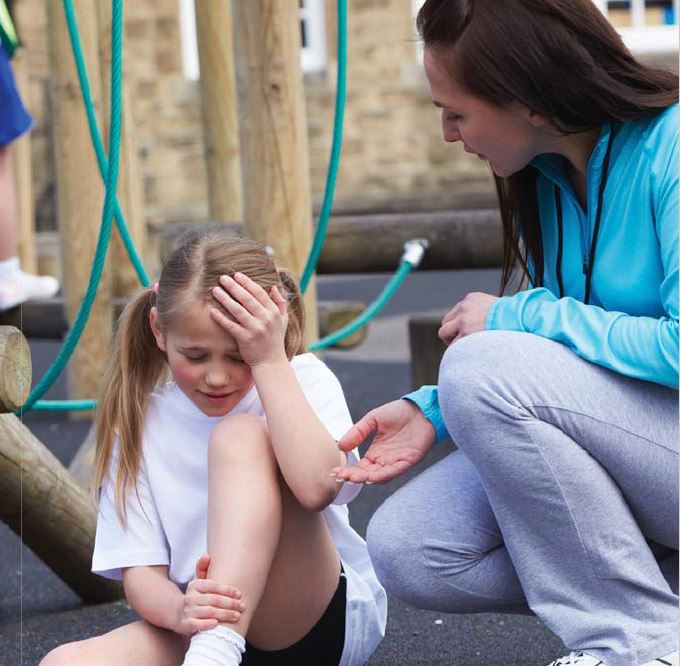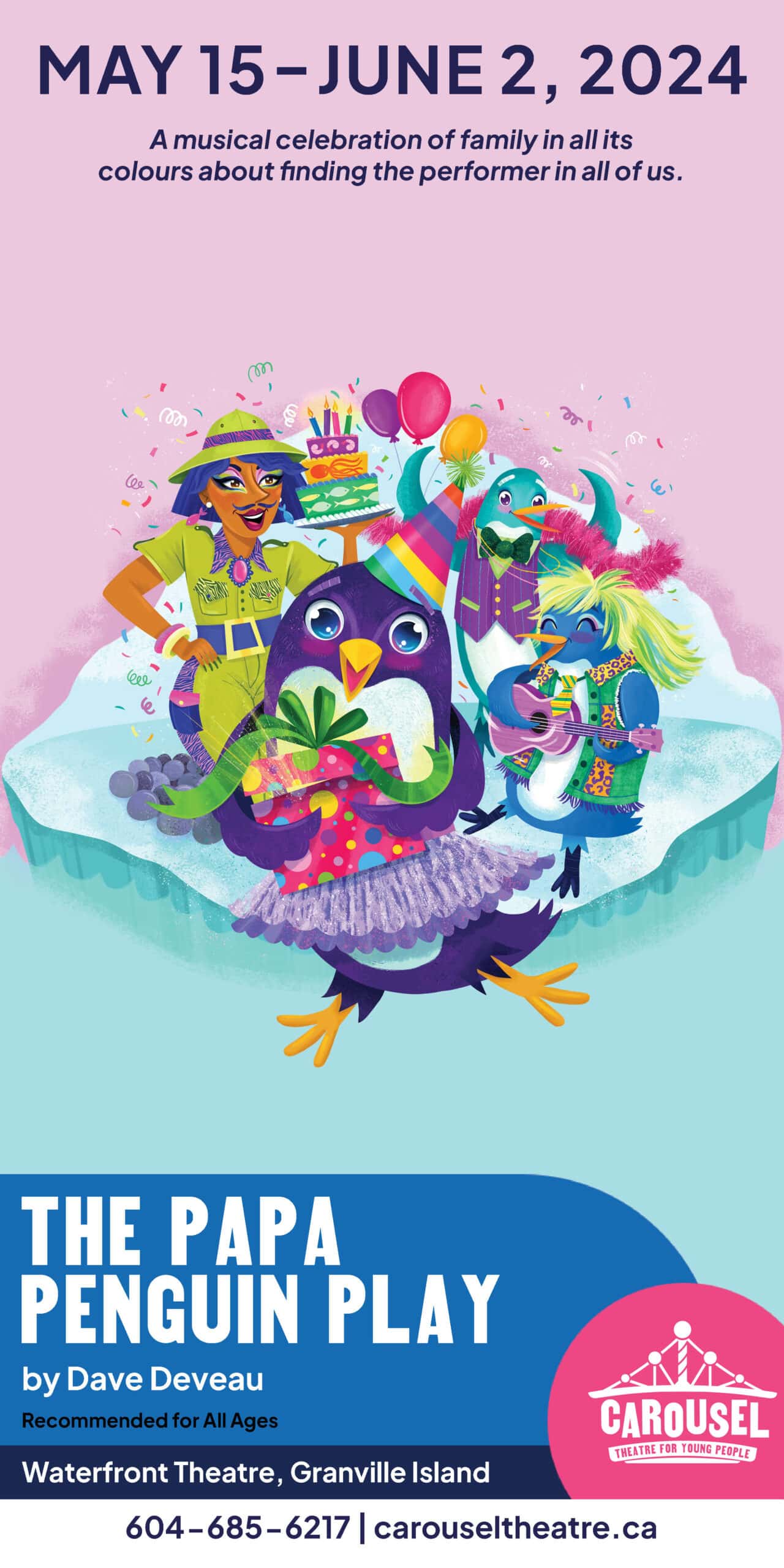It’s easy to spot a bruise on your child’s elbow or a scrape on the knee, but what about an injury inside their head? Brain injuries, such as concussion, are often referred to as “invisible” injuries because they don’t show on the outside. Even though you might not see the injury, your child will still feel the effects and need the proper care to get better.
Most likely, you are hearing more about concussions these days than ever before. That can mean a lot of information to sift through. Based on the latest research evidence, here are the eight essential facts every parent should know about concussion.
1) A concussion is a brain injury.
It affects the way a child may think and remember things and can cause a variety of physical, cognitive, behavioural, and sleep-related symptoms. Concussions are unique because, unlike other brain injuries, they can’t be seen on routine X-rays, CT scans, or MRIs.
2) A concussion can happen without a direct hit to the head.
A concussion can be caused by any blow to your child’s head, face or neck, or a blow to their body which causes a sudden jarring of their head (think: whiplash). Examples include your child being hit in the head with a ball, colliding with another person, or falling and knocking their head on the floor.
3) Most concussions are not sports-related.
If your child is between the ages of 10 to 14, then they are more likely to get a concussion while participating in a sport or recreational activity. However, for all other age groups, including younger kids, most concussions are caused by falls. Motor vehicle crashes are another cause of concussion.
4) Girls are at risk, too.
By the numbers, yes, a greater number of concussions occur in boys than in girls. However, research comparing males and females participating in the same sport with the same rules and environment (e.g., soccer), shows females are at higher risk for concussion than their male counterparts. What is more, girls tend to take longer to recover.
5) Your child can have a concussion even if they don’t lose consciousness.
In fact, only about 10 percent of people with concussion are knocked out. The most common symptom of a concussion is a headache. Other common signs and symptoms include dizziness, nausea, blurred or double vision, confusion, and difficulty remembering. If your child is very young or has difficulty communicating, watch for changes in their behaviour and eating, sleeping or playing habits. It’s important to learn these signs and symptoms so you know what to watch out for. To have this information on hand wherever you go, download the free Concussion Ed app (available for iOs and Android).
If your child does lose consciousness, this may be a sign of a more serious injury. Other “red flag” symptoms include neck pain, repeated vomiting, growing confusion, seizures, and weakness or tingling in their arms or legs. If any of these are present, get medical help immediately.
6) Kids with concussion need rest, but not too much rest.
The old way of dealing with concussion, when we knew less than we know today, was to send the person into a dark room for days and weeks. Not only is this approach ineffective, we now know it can actually be harmful to recovery. Instead, your child should get physical and mental rest for 24 to 48 hours, then gradually start adding low levels of activity back in. As your child is recovering from concussion, they should not do any activities that make their symptoms worse. This might mean limiting activities such as reading, working on the computer, playing video games, riding their bike or play wrestling with their siblings. It’s important your child stays hydrated, eats healthy, and gets the right amount of sleep to support their brain’s healing.
7) Most children get better within two to four weeks.
Children take longer to heal than adults, but most will recover within a month. If your child has had a concussion before, they may take longer to heal. Each concussion is unique, so avoid comparing your child’s recovery to someone else’s, or even to their own previous concussion experience.
8) There are simple steps you can take as a parent to prevent and manage concussion.
Take precautions to prevent falls in and around your home, and support your child to take part in skill-appropriate physical activities. Teach your child the rules of the game and why it’s important to follow them.
Know the signs and symptoms to watch for, and what to do if you suspect a concussion in your child. Remember these three steps:
- Recognize and remove your child from activity immediately, even if they insist they are OK.
- Get checked out by a medical doctor or nurse practitioner.
- Gradually return to school and physical activity, according to your child’s symptoms.
Parachute is Canada’s national charity dedicated to reducing the devastating impact of preventable injuries. Injury is the No. 1 killer of Canadians aged 1 to 44, where one child dies every nine hours. The financial toll is staggering, with injury costing the Canadian economy $27 billion a year. Through education and advocacy, Parachute is working to save lives and create a Canada free of serious injuries. For more information, visit us at parachutecanada.org and follow us on Twitter, Facebook and Instagram @parachutecanada










